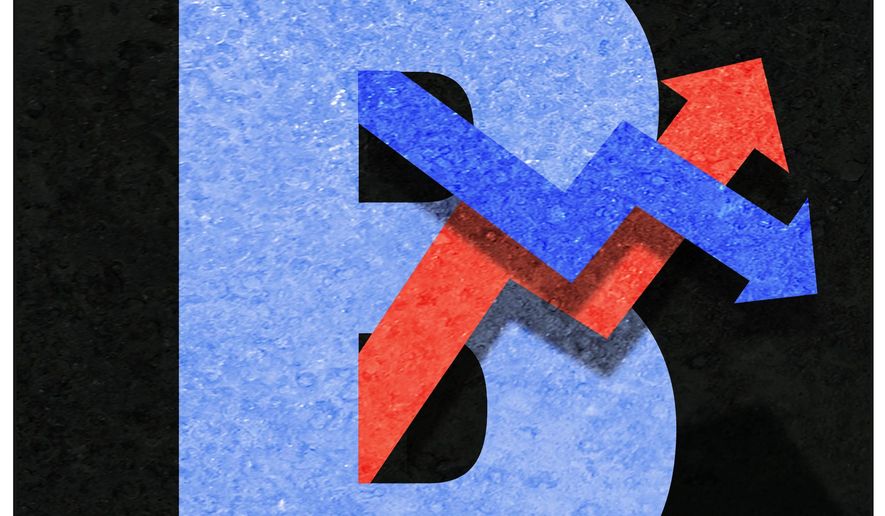OPINION:
As the rough beast of federal “stimulus” legislation slouches toward reconciliation to be born, it is worth noting that the economy doesn’t really need any stimulus and the taxpayers certainly don’t need more borrowing put on the federal government’s credit card.
Lots of folks on the left and in the media are eager to prepare the way for more federal borrowing and for next year’s narratives about how President Biden saved the economy. So they have a rooting interest in making things seem worse than they are.
The facts, however, suggest an economy already in rebound and employment struggling only in those places mismanaged by Democrats.
Let’s start with employment. Mr. Biden starts off with one of the worst job markets of any modern president, correct?
The national unemployment rate is 6.7%, and there are about 10 million fewer people with jobs than at the beginning of last year.
That does sound bad.
When was the last time it was this bad? Well, it was worse than that during most of the eight years of the Obama-Biden administration. For perspective, the unemployment rate was last at 6.7% in 2014, about in the middle of the Obama-Biden administration’s second term.
What about the 10 million people? It is worth remembering that the coronavirus shutdowns killed more than 22 million jobs at the worst moment. The recovery of most of these jobs in places run by Republicans would lead rational people to conclude that some of the economy is being restrained by state and local governments run by Democrats.
They would be right.
Of the 34 states that have unemployment at or below the national average, 27 are red states. Of the 16 states with unemployment rates higher than the national average, 12 are blue states.
The 11 states with the highest unemployment are all run by Democrats. Among the 16 states with the lowest unemployment, 14 are led by Republicans.
Finally, it is worth noting that the Bureau of Labor Statistics’ most recent report on job openings and turnover indicated that the U.S. economy has 6.5 million job openings.
What about state and local tax revenues? Congress seems to want to give poorly managed states even more cash to manage even more poorly. Is that warranted?
The libertarian Cato Institute think tank has worked up a few numbers that suggest it is not.
Bureau of Economic Analysis data show that state and local tax revenues are rising rather than falling. Sales tax revenue dipped in the second quarter of 2020 but recovered in the third quarter. Individual income and property taxes rose in both the second and third quarters of 2020.
In total, state and local tax revenues of $474 billion in the third quarter of 2020 were up slightly from $470 billion in the third quarter of 2019.
Tax revenues will, as they always do, rise as the economy recovers. Which leads to the question of whether the economy is recovering.
Last week, the federal government reported that real gross domestic product increased at an annual rate of 4% in the fourth quarter of 2020, which followed a 33.4% increase in the third quarter. Does this mean the last half of the year was good? It was probably the best economic performance most of us have ever seen.
In short, it looks and feels like a pretty sharp V-shaped recovery, just as the Trump administration prepared for and predicted.
Why then the insistence on borrowing more money? Because Mr. Biden and Congress want to help their brethren in mismanaged states; because they want to ship taxpayer cash to teachers and other public-sector unions; because they like the idea of shipping checks to people and increasing their dependence on the government.
Because they know the more they hide the truth (lie about?) about the economy now, the easier it will be to take credit for it later.
• Michael McKenna, a columnist for The Washington Times, is the president of MWR Strategies. He was most recently a deputy assistant to the president and deputy director of the Office of Legislative Affairs at the White House.




Please read our comment policy before commenting.